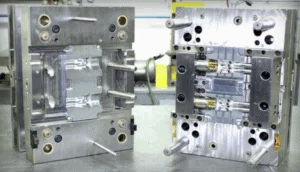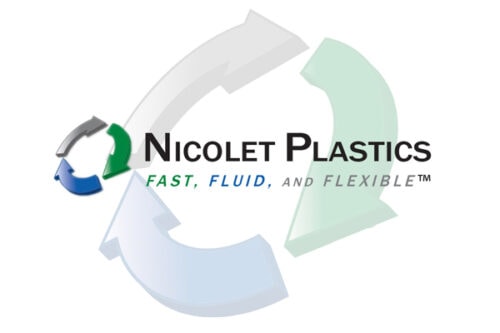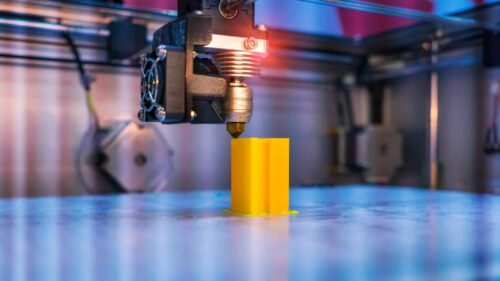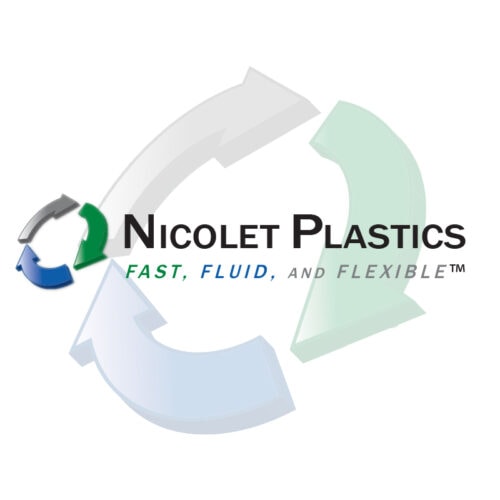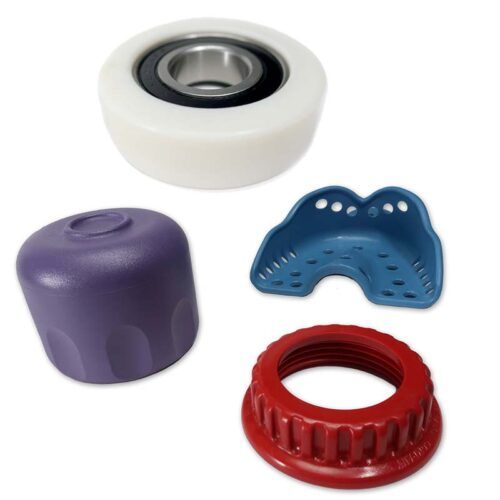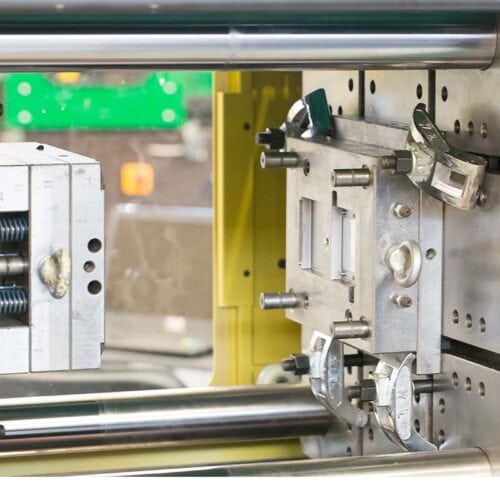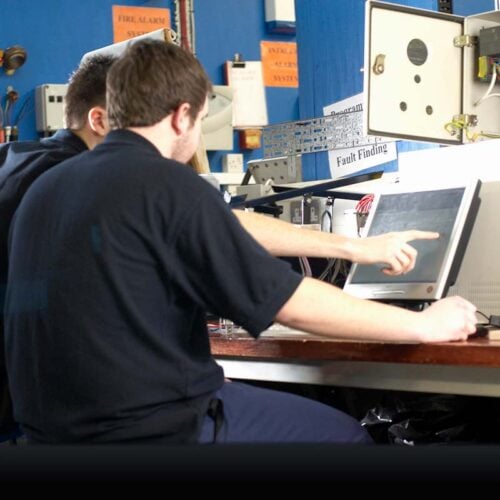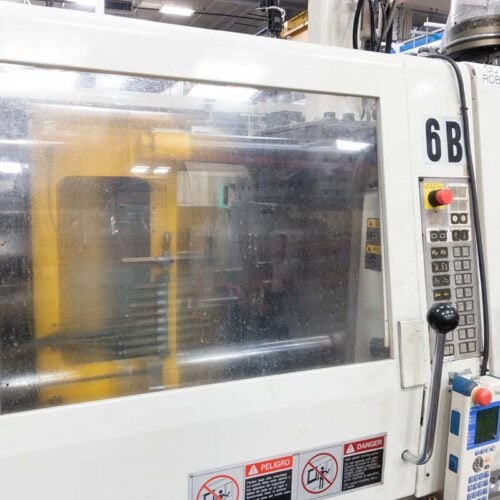Manufacturers can spend as much on a mold that you may spend on a high performance car. The difference is that YOU get to drive the car, while your molder gets to “drive” your mold. How do you know that your molder is taking good care of your tooling investment and not using it like Burt Reynolds used his Trans-Am in Bandit? Or like the Dukes of Hazzard used General Lee?
In a plastic manufacturing environment, consistent quality parts start with a quality, well-made and maintained mold. The process should include a solid mold design and a high-quality tool build. Once the mold is in place and ready for use with your molder, what expectations should you have for the care of your investment?
Understanding Mold Maintenance Basics:
It’s important for a manufacturer to have a basic understanding of the cleaning and repair required for proper tool maintenance. To keep a tool in the best working order, maintenance is essential not only when issues arise, but also routinely over time.
Overall, the condition of your injection mold affects the quality of the plastic components produced. Molds and tools are critical assets to your company, yet many manufacturers overlook maintenance needs when making a decision about selecting an injection molder. How your supplier maintains your mold can be a critical element of the success and longevity of your relationship.
Like any maintenance program, there are certain checks and procedures that should be performed regularly. For example, mold cavities and gating should be inspected for wear or damage. The ejection system should be inspected and lubricated and all surfaces cleaned with a non-toxic solvent to remove dirt and sprayed with a rust preventative. Additionally, all water lines should be flushed and drained to remove excess moisture.
Molds should also get a proper maintenance review prior to storage including:
- All plates separated
- The ejector system should be cleaned and lubricated
- Replace and / or repair parts including ejector pins and springs, worn bushings or leader pins
When these preservation tactics are completed, molds are able to be put back into service quickly and easily.
Understanding Problems with Mold Neglect:
What happens when your injection molder neglects your mold? Over time, the molding process can cause significant wear and tear. Without a proper preventive maintenance program in place, material may build up on your molds surface which can eventually cause tool denting, flash and other part defects.
The unfortunate reality is that some molders wait to do maintenance until part quality problems arise or the tool becomes damaged. Waiting until this point to make repairs can result in added expense, supply / stock issues and a longer time to market. However, when molders have a clear maintenance procedure in place, production times and overall costs can actually decrease.
Molds are a significant investment for all manufacturers and extending the life of your tool takes collaboration, communication and a maintenance plan that has been agreed upon by both parties. Now that you understand the expectations that should be put into place, below is a checklist of questions to help evaluate your supplier with regard to the care and maintenance of your asset:
- How do you schedule preventative maintenance?
- What does the molder maintain prior to the warranty expiration?
- What are the preventative maintenance steps you take?
- How do you track the number of cycles on the tool?
- What do you consider regular mold maintenance, and why is this valuable to me?
- How do you maintain part quality with the mold maintenance?
- What components are you using, and why?
- How do you maintain water line integrity?
- How do you minimize the amount of required up-keep?
- How are maintenance findings reported?
Are you looking for an injection molder who can provide expert guidance from concept, development to production? Contact Nicolet Plastics to learn about our formula to develop exceptional products in a timely and cost-effective manner.

